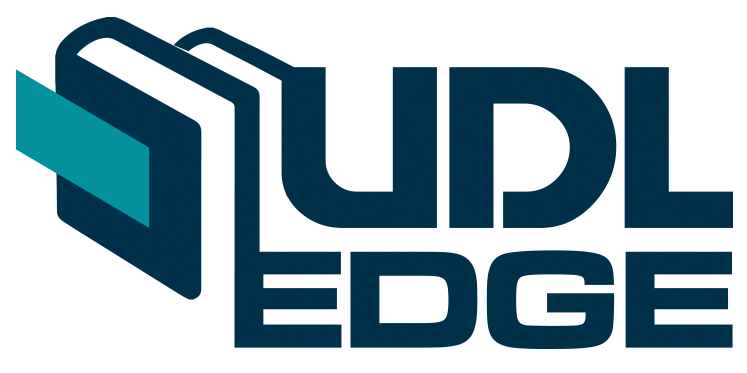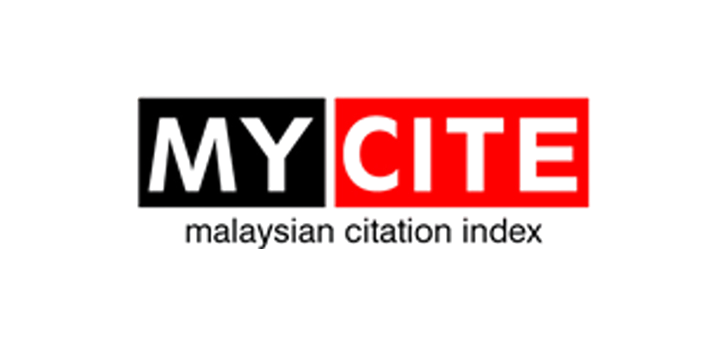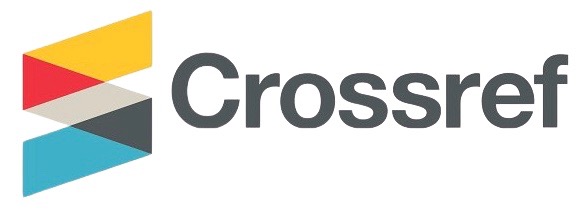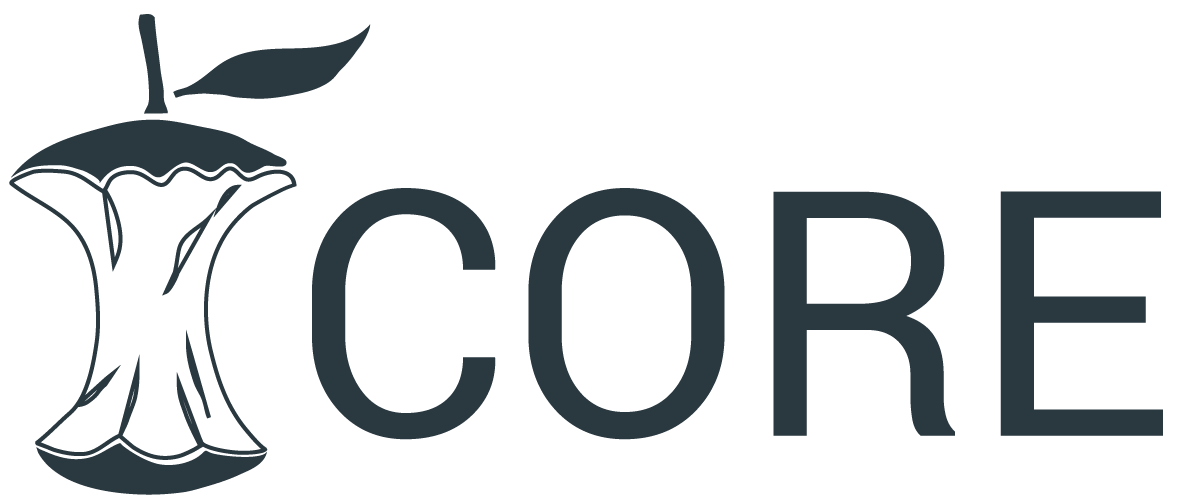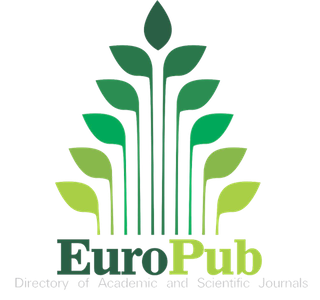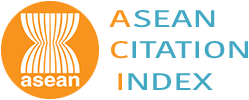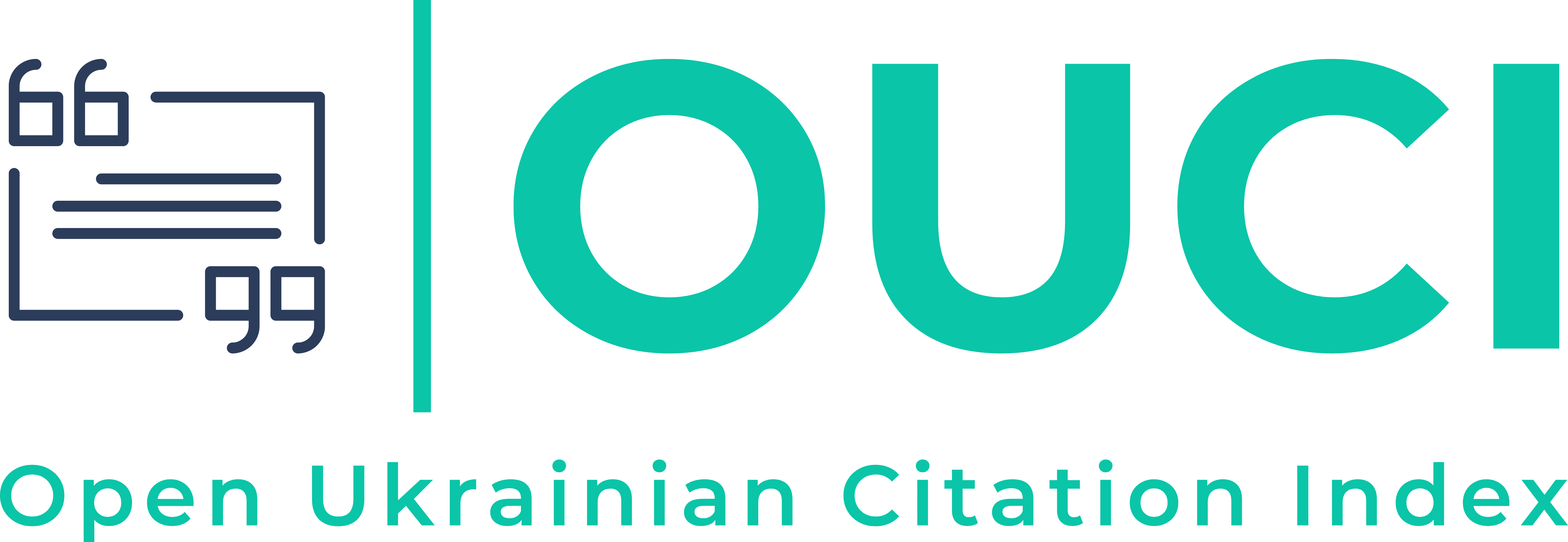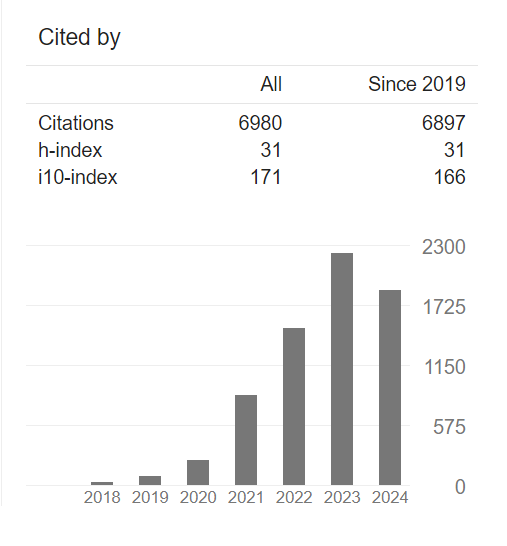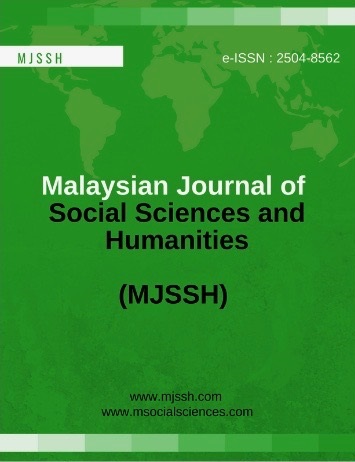Pedagogy in Universiti Teknologi MARA (UiTM): Teaching and Learning Civil Procedure II
Abstract
The Civil Procedure II course learning outcomes include organizing and preparing fundamental court documents and acquiring drafting skills. This subject assists final-year law students to analyze a wide range of interlocutory procedures in the conduct of various civil proceedings. Since students must prepare themselves to be litigation lawyers, they must be able to comprehend the material and use it in their legal practice. As such, the difficulty of teaching and learning the subject of Civil Procedure II must be examined in this new era. This paper will explore whether newfound applicable pedagogical techniques and instructional methods can improve the teaching and learn of the Civil Procedure II course at Universiti Teknologi MARA's Faculty of Law (UiTM). The purpose of this article is to examine the fundamental components and elements of teaching-learning and identify the challenges and problems that stand in the way of effective teaching-learning in the law of civil procedure II. Doctrinal content analysis is used in this paper's qualitative research approach to gain a deeper understanding of the conflict that exists when deciding how to teach the subject of Civil Procedure II effectively. The findings of this paper reveal that using newfound applicable pedagogy such as online learning tool in conjunction with in-person instruction may improve pedagogy in the teaching and learning of Civil Procedure II. The newfound applicable pedagogy to law school instruction is relevant for both lecturers and students in this 21st century.
Downloads
References
Ahmady, S., & Khani, H. (2022). The situational analysis of teaching-learning in clinical education in Iran: A Postmodern grounded theory study. BMC Medical Education, 22(1). https://doi.org/10.1186/s12909-022-03577-3.
Biggs, J., & Tang, C. (2011). Teaching for quality learning at university. McGraw-Hill.
Dahalan, W. S. A. W., Shapiee, R., Nor, M. Z. M., Nopiah, Z. M., & Basir, S. M. (2016). Improving Teaching and Learning in Public International Law II. International Journal of Education and Research, 4(4), 383–390.
De Silva, C. (2012). Health and Safety: Teaching Law, educating for prevention. International Journal of Law in the Built Environment, 4(3), 233–246. https://doi.org/10.1108/17561451211273374.
Dornan, T., & Kelly, M. (2021). When I say … pedagogy. Medical Education, 55(6), 676–677. https://doi.org/10.1111/medu.14455.
Jayabalan, S. (2018). The need for diversity in teaching law. Social and Management Research Journal, 15(1), 37. https://doi.org/10.24191/smrj.v15i1.4230.
Hess, G. F. (2011). Value of variety: an organizing principle to enhance teaching and learning. Elon Law Review, 3, 65–92.
Li, Y. (2021). Experimental research on using computer image processing technology to simulate art painting teaching mode. 2021 4th International Conference on Information Systems and Computer Aided Education. https://doi.org/10.1145/3482632.3483001.
Lucero, A., & Avelar, J. D. (2022). Exploring the challenges and possibilities of critical literacy pedagogy: K-8 teacher discussions about race in a virtual professional development course. English Teaching: Practice & Critique, 21(4), 483–495. https://doi.org/10.1108/etpc-05-2022-0065.
Rowe, D. (2018). Law-related education. Developing Citizenship in the Curriculum, 119–122. https://doi.org/10.4324/9780429454653-26.
Ruan, Y. (2022). Application of immersive virtual reality interactive technology in art design teaching. Computational Intelligence and Neuroscience, 2022, 1–12. https://doi.org/10.1155/2022/5987191.
Wallace, R. (2003). Online learning in higher education: A review of research on interactions among teachers and students. Education, Communication & Information, 3(2), 241–280. https://doi.org/10.1080/14636310303143.
Ward, H. C., & Selvester, P. M. (2012). Faculty learning communities: Improving teaching in higher education. Educational Studies, 38(1), 111–121. https://doi.org/10.1080/03055698.2011.567029.


